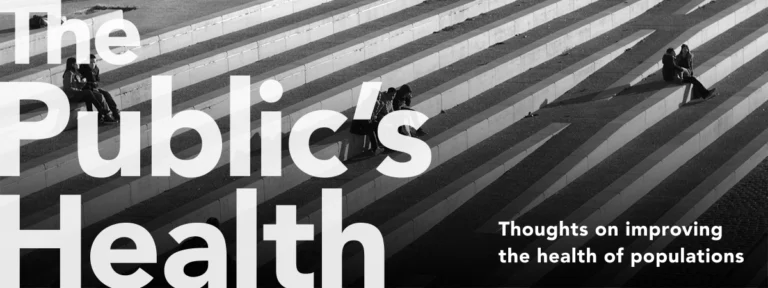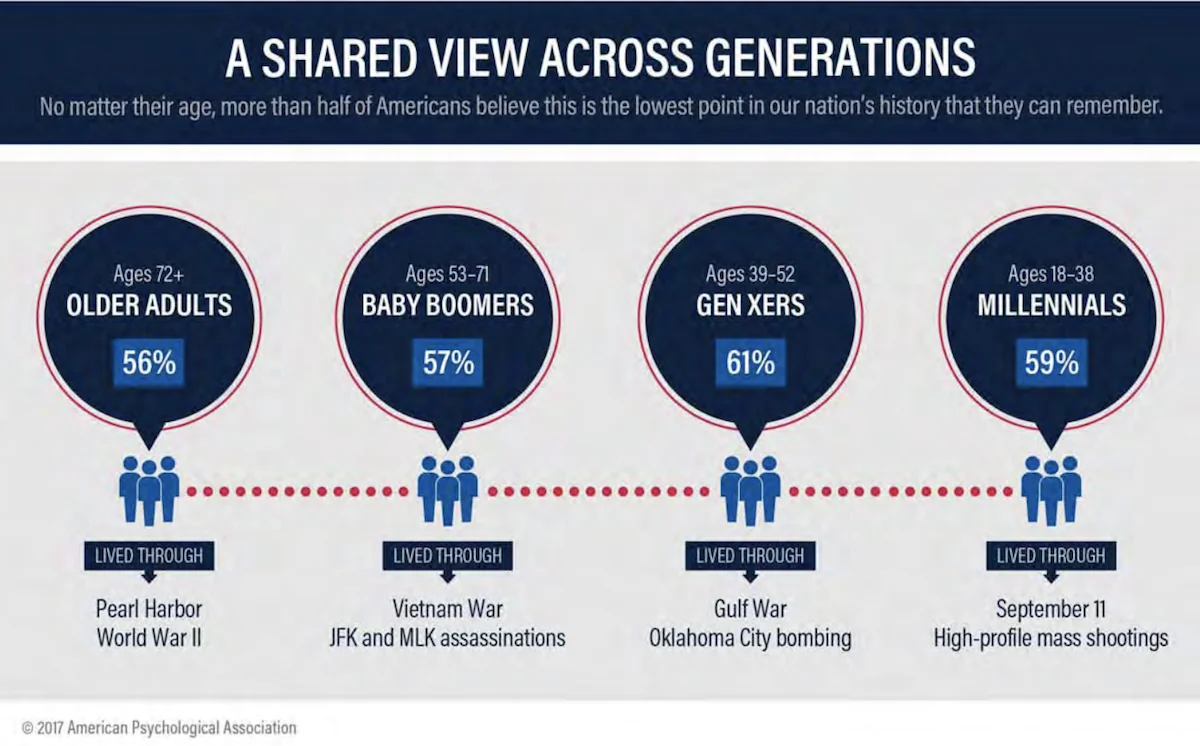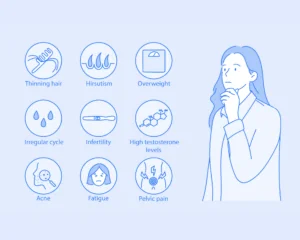A New Sexual Revolution
Quietly, slowly, there has been a notable change in how young Americans relate sexually with each other.

Read Time: 5 minutes
Published:

A New Sexual Revolution?
Quietly, slowly, there has been a notable change in how young Americans relate sexually with each other. Between 1995 and 2015, the proportion of high school students who report ever having sexual intercourse has fallen from 53.1% to 41.2%, the lowest rate since the 1970s. If these percentages were moving in the opposite direction, the headlines would announce how “discouraged” we were by this next generation putting themselves at risk for pregnancy, infection. Good news does not travel as fast as bad news does. So if you were looking for positive public health reports, this is one.
Why has there been a decline? The Centers for Disease Control (CDC) in its write-up of these findings offered no speculation. So here are a few ideas.
Perhaps changes in the structures of families have influenced behavior. The rise in the number of children living in single-parent families has nearly doubled since 1980, and maybe today’s teenagers carry a new conservatism, partly in response to the households in which they’ve been raised.
The greatest decline in the CDC-reported intercourse rates was seen in 9th and 10th graders. Perhaps sexual health curricula—which vary widely, are left up to individual school districts, and only rarely include topics recommended by the CDC—have multiplied in middle school classrooms and have had a hands-off effect.
Perhaps this is a result of the growth of social media. When was the last time you met an American teenager without a cell phone or a computer? More than three-quarters have smart phones. Teenagers have new modes of stimulation—pornography at a click, sexting, six seconds of nudity—and vast new networks of friends (and strangers), offering connection. Maybe social has replaced sexual.
The decrease in sexual intercourse has been most dramatic among African American students whose rates have decreased from 67.6% to 48.5%, with much of this change occurring since 2013. What larger change in the health landscape was occurring around that time?
Were federal policies like the Teen Pregnancy Prevention Initiative, first funded a few years ago by the Office of Adolescent Health, having effects? Any connection to the Affordable Care Act and an increase in pediatrician visits? It is difficult to draw causal arrows.
Early initiation of sexual activity puts teenagers at risk for sexually transmitted infection and pregnancy. But the decrease in high school student sex, teenage pregnancy rates at record lows, and decreasing rates of abortion, suggest that another sexual revolution may well be underway. That seems like good news for the health of populations.
Warmly,
Michael Stein & Sandro Galea

SCHOOL DISTRICT ANTI-BULLYING POLICIES ARE NOT ENOUGH
Model anti-bullying policies adopted by school districts are not enough to reduce bullying. Districts that promoted such policies created by state departments of education did not protect bullying victims. Paradoxically, among 93,000 students surveyed, those 6th to 12th graders attending school in districts with high-quality policies had more emotional distress and felt less connected to their schools. If state laws and district-level policies have any value it may be only in setting the stage for more important school-level efforts such as teacher training and parental engagement.
HIDDEN HANDGUNS
The number of concealed-carry gun permit holders has grown from 2.7 million in 1999 to 14.5 million in 2016 as state laws have become more lenient. According to a national survey of handgun owners, an estimated 3 million American adults now carry a loaded handgun every day. Owners cite protection as the reason for carrying. In states with more stringent permit issuing laws, proportionally fewer owners carry concealed loaded guns.
DIET OR LEAVE IT
Commercial diet programs often have short-term effects that fade. Programs are testing new features like all-online advice and the addition of activity trackers for counting steps. In this trial, persons were randomly assigned to receive Weight Watchers Online program, Weight Watchers Online plus a step counter, or a control condition of a weekly informational newsletter about healthy eating. The average weight loss at 12 months was no different between Weight Watchers Online and the control group. The step counter, which also allowed for personal goal setting and self-monitoring, did not improve weight loss. The great majority of people who pay for the most popular commercial diet program do not have success.

THE STRESS OF THE NATION
From the commute to work to the nightly news, our lives are inundated with overstimulation and worry. The American Psychological Association measured factors that contribute to our collective anxiety with its annual Stress in America™ survey.
Regardless of age, the majority of people surveyed (59%) feel that this is the lowest point in the nation’s history. This includes Americans who lived through World War II and the Vietnam War and who witnessed incidents like the Oklahoma City bombing and September 11.
More people worry about the future of the United States than any other source of stress measured, including money, work, politics, violence, and crime. Women are more stressed than men, and Millennials (ages 18-38) are more stressed than any other age group. Black Americans reported the least optimism about the nation’s potential for improvement.
Survey respondents also reported their methods of stress management. Nearly three out of four people reported having someone to rely on in times of stress. Others manage stress by listening to music (47%), exercising or going for a walk (46%), praying (29%), and meditation or yoga (12%).
Graphic from Stress in America: The State of Our Nation.





